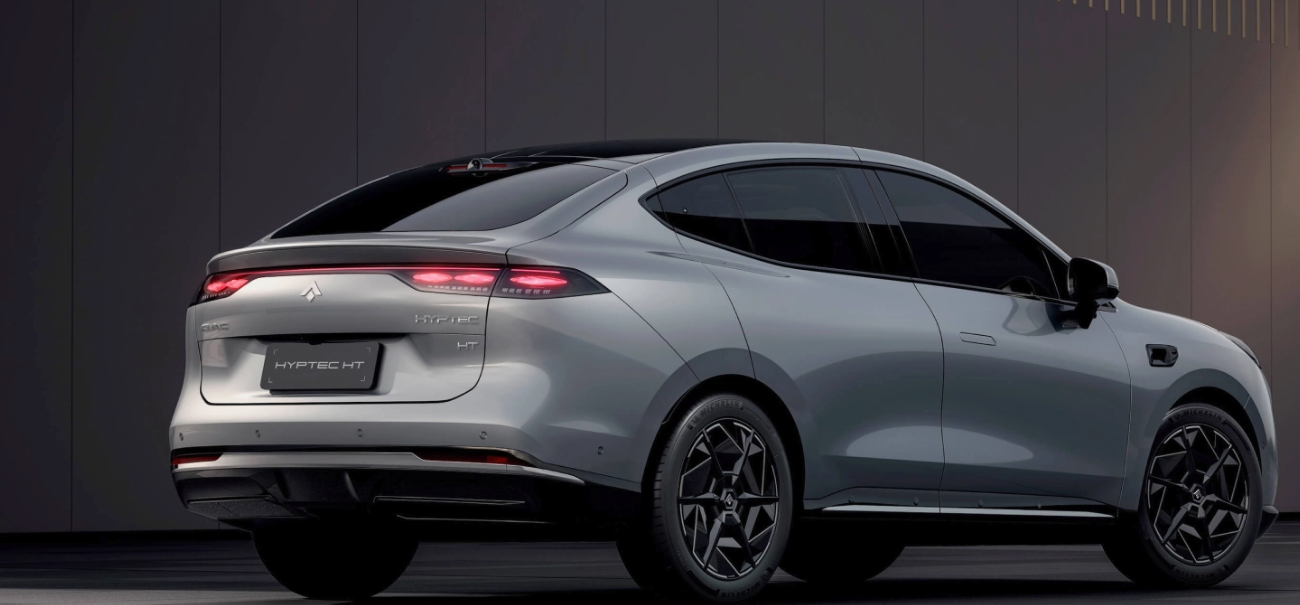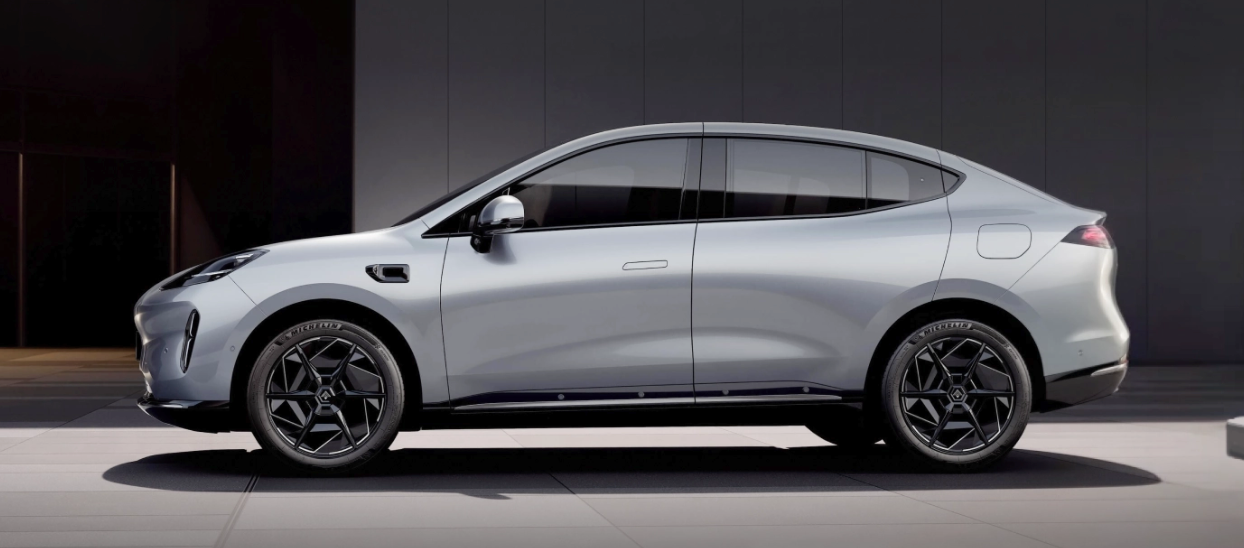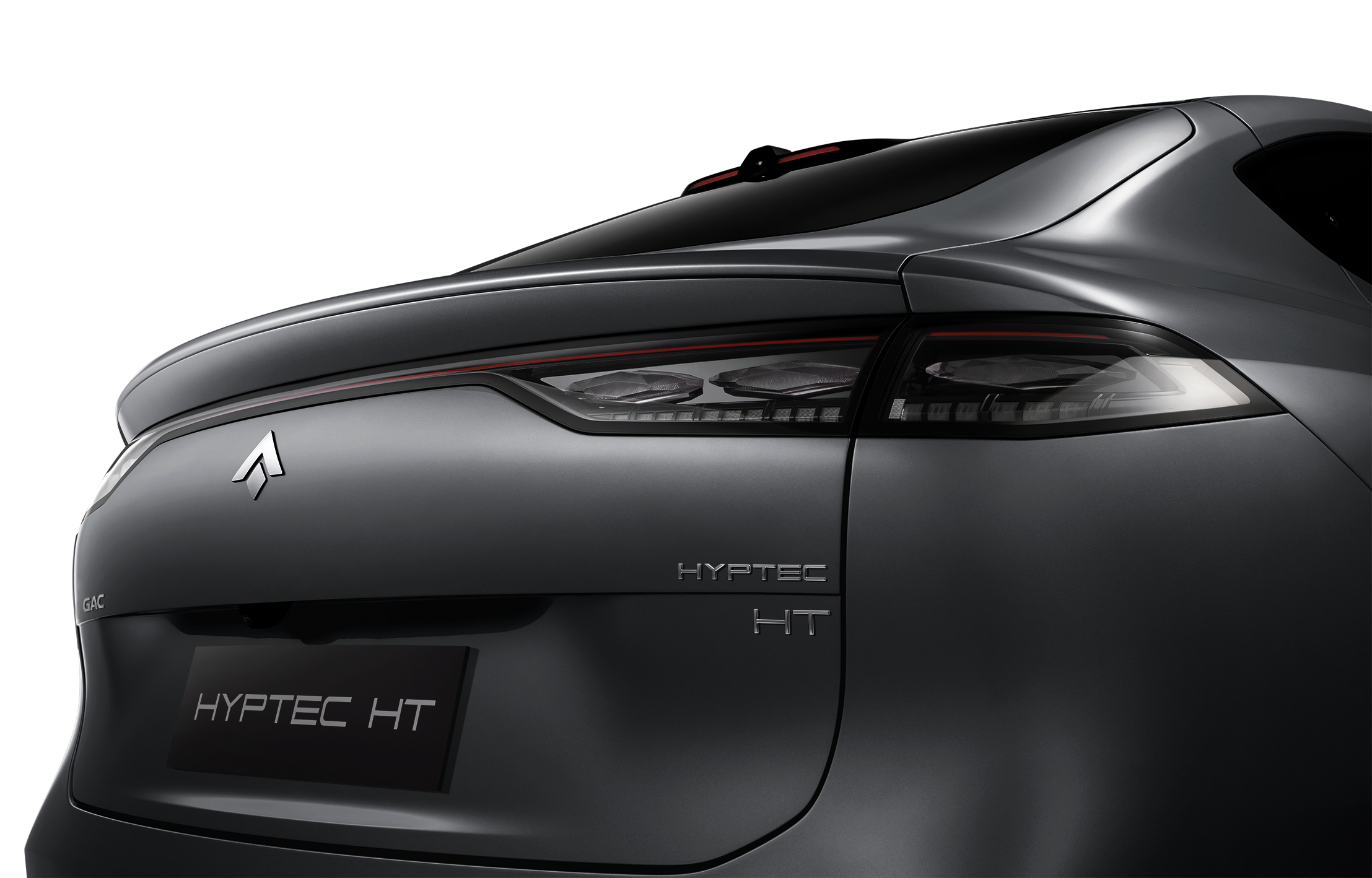Think frozen Alpine passes at dawn, a mirror-smooth Scandinavian lake road at noon, and slushy Central European streets by dusk—all in the winter’s week. Driving in winter across Europe means constantly reading changing surfaces: compacted snow, black ice, rutted slush, or a thin glaze after a sudden thaw. And suddenly, car skidding happens.
What to do if a car skids on ice? And, how to prepare your vehicle in Europe as driving in winter? This article will give you the answers, so you can drive calm, not clenched!

Why Skidding Happens in Winter?
Before we talk about corrections, it helps to know why cars lose grip in winter in the first place. Generally speaking, it is led by a physics phenomenon: the low friction on ice near 0 °C.
When air temperatures hover around freezing, the ice surface can form a microscopic water film—“wet ice.” It’s far slicker than deep-freeze, powdery snow. Western Europe’s maritime winters often flirt with 0 °C, so that treacherous wet sheen is common on bridges, shaded bends, and morning commutes.
Besides, several conditions would also trigger car skidding:
- Hard braking on low grip instantly overwhelms tire adhesion.
- Abrupt steering inputs—yank the wheel, lose the lane.
- Downhill grades (Alps, Nordics) add gravity to the mix; the car’s mass “pushes” past available grip.
Different Regional, Different Causes
Europe stretches from Arctic coasts to Mediterranean passes. Driving in winter brings distinct hazard patterns—know your region’s typical ice and snow profile before you set off.
- Northern Europe: Expect packed snow, rime, and wind-polished surfaces. Lakeside humidity can create glazed patches even when temps stay sub-zero.
- Central/Eastern Europe: Big daily swings mean black ice and dawn frost—clear, nearly invisible, and often waiting on rural lanes and river valleys.
- Southern Europe: Ice is rarer but nastier—localised patches on mountain passes (think the Pyrenees, the Apennines, the Dinaric Alps). Drivers are less accustomed, so reaction errors compound the risk.
What to Do If a Car Skids on Ice?
When a car skidding on ice becomes real, your best tool is composure. Panic inputs (slam, yank, stab) turn a small slide into a spin.
1. Trust the helpers (When You Use Them Right)
- ABS keeps wheels rotating so you can steer while braking—press firmly, hold steady.
|
What is ABS? ABS, Anti-lock Braking System, prevents wheel lock-up by rapidly pulsing brake pressure so the tyres keep rolling and you can steer while braking. On slick ice it can take a bit longer to stop than a locked-wheel slide, but it’s far safer because you keep directional control. In GAC, all the vehicles in Europe are equipped with ABS system. So, you can trust the GAC’s capability in driving in winter.
Tips: Use ABS like this whenever you need it “SSS” Principle: Stomp (firm, steady pedal), stay (don’t pump), steer (aim for the open space). The pedal may pulse, and you might hear a buzz—that’s normal. |
- ESC/ESP cuts power/brakes individual wheels to correct a slide—don’t fight it with big inputs.
|
What is ESC/ESP? ESC, Electronic Stability Control (also called ESP/DSC/VSC, depending on brand)—uses wheel-speed, steering-angle, and yaw sensors to compare where you intend to go with where the car is actually going. If it senses a slide, it gently brakes individual wheels and may cut motor/engine torque to pull the car back on the line. It can’t bend physics, but it buys you time and keeps the car tidy on slick surfaces. In GAC, all the vehicles, including HYPTEC HT, in Europe are also equipped with ESC/ESP system. It can coordinate with brake blending and (where applicable) regenerative braking to keep the car composed on low-grip surfaces.
Tips: Use ESC/ESP like this whenever you need it
|
2. For All Skids
- Look where you want to go.
- Do not slam the brakes. If you have ABS, a firm, steady pedal is okay when you truly need to stop—but don’t “pump” ABS.
- Keep steering smooth and small. Big sawing motions just trade one slide for another.
3. Front-wheel (understeer) Skid
- You can turn the wheel, but the car ploughs straight.
- Ease off the accelerator to let the weight transfer forward and reload the front tyres.
- Unwind extra steering—then re-apply gentle steering toward your intended path. More lock on ice often means less turning.
4. Rear-wheel (Oversteer) Skid
- The tail steps out.
- Steer into the skid (toward the direction the rear is sliding) just enough to stop the rotation.
- As the car straightens, gently return the wheel to centre and add light throttle to stabilise.
What Gear Should You Prepare for Driving in Winter?
With the immediate control measures established, the next step is to reinforce these advantages by preparing to drive in winter.
1. Winter or All-Season Tires
For regular snow/ice: Choose true winter tires with the 3PMSF symbol (Three-Peak Mountain Snowflake). They stay pliable in the cold and bite into ice with sipes.
In milder areas where snow is occasional: High-quality all-season tires with 3PMSF can be a practical compromise. (Plain “M+S” alone is not a snow performance guarantee.)
2. Snow Chains
Where and when: Carry them if you cross harsh icy conditions or where signage mandates it. Practice installing in your garage—don’t learn on a hard shoulder in sleet.
How to fit: Mount chains on the drive wheels (for AWD, follow the vehicle manual). Stop after a short distance to recheck tightness.
Alternative option: Textile “snow socks” are faster to install and lighter to store, but they wear out quickly on bare asphalt. Use them for short emergency sections rather than long travel.
3. Tire Pressure Confirmation
Why It Matters: Cold weather lowers tire pressure naturally—roughly 0.1 bar for every 10 °C drop. Under-inflated tires lose shape and contact area, reducing grip on ice and snow while increasing rolling resistance and energy use (a key point for EV drivers).
How to Check: Measure pressure only when tires are cold—before driving or after several hours parked—and compare with the vehicle’s recommended figures shown on the door-frame label or user manual.
Frequency: Inspect at least once a month during winter and before any long trip. Don’t rely solely on TPMS alerts, which may trigger only after significant loss.
Introduce HYPTEC HT: Driving Safely in Winter
Driving in winter not only requires skill but also needs reliable assistance from the vehicle itself. The HYPTEC HT in GAC Europe is equipped with an intelligent system to enhance stability when driving in winter.

- HYPTEC HT works closely with ABS and ESC/ESP, distributing braking force and adjusting motor output in real time to help maintain grip when the road surface becomes icy or uneven. This coordination ensures smoother control during acceleration, cornering, and emergency braking—key moments when winter conditions often test both car and driver.
- In HYPTEC HT, the L2-level intelligent driving suite provides additional reassurance through active braking assistance and adaptive cruise control, reducing driver workload and improving safety in low-visibility or icy conditions. Standard across the lineup, six airbags provide all-around protection, while side curtain airbags can maintain pressure for up to six seconds in rollover situations to safeguard every occupant.
- The built-in TPMS in HYPTEC HT constantly monitors tire pressure and temperature, issuing timely alerts if adjustments are needed. With these integrated systems, HYPTEC HT helps create a more composed, confident winter driving experience—balancing intelligent technology with dependable safety.
Conclusion
Winter driving across Europe brings constant changes, snow one day, black ice the next—but preparation and composure make all the difference. Understanding how skids happen, responding calmly with the help of ABS and ESC/ESP, and maintaining proper tyres and pressures turn uncertainty into control.

With intelligent equipment, HYPTEC HT can further enhance that safety net, integrating smart traction, braking, and monitoring features to support drivers in every situation. Safe driving in winter is not just about technology or skill alone—it’s about the harmony between both.




